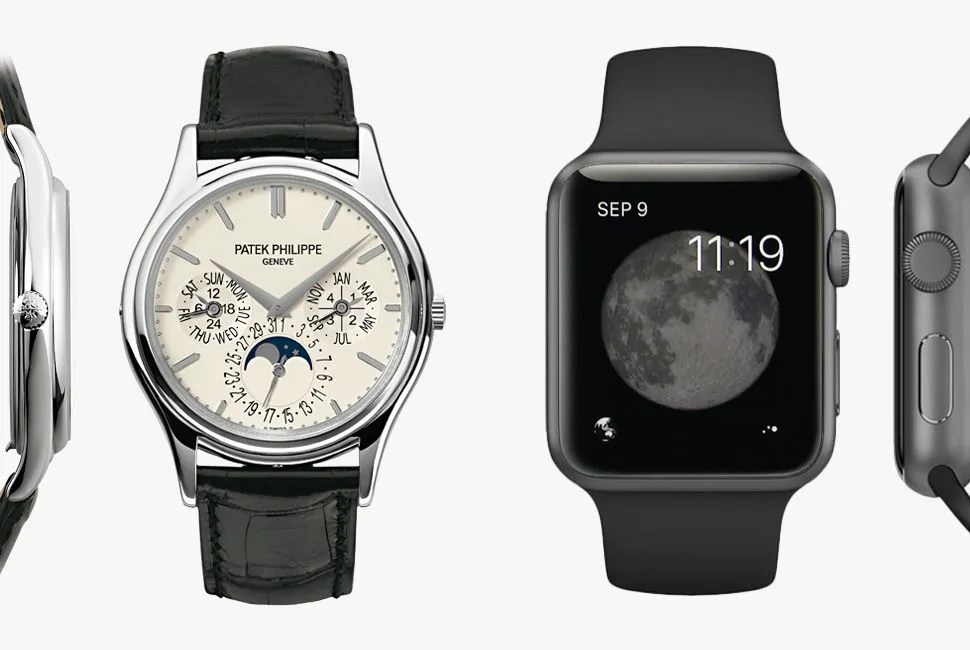“Switzerland is in trouble.” – Jony Ive
I’ve heard these words before. All watch collectors have. Back in the ’70s, the Swiss watch industry was under attack from the Japanese in a battle for wrists that became known as the “Quartz Crisis”. Many storied brands succumbed to the relentless onslaught of accurate, reliable, durable and (most importantly) affordable quartz timepieces that flooded the market, seemingly overnight. It took a thorough rethinking of what it meant to be Swiss to revive the industry and restore it to the horological preeminence it previously enjoyed. The epitaph, it seemed, was premature.
MORE STRONG OPINIONS: An Argument for Redefining the Dress Watch | Why the Watch Case Matters | Chris Ward Brings Movements In-House to Raise the Bar
Then, in the mid-2000s, pundits started predicting the demise of the wristwatch, this time due to apathy, as opposed to a focused attack. Ironically, the cellphone was the catalyst here, used as a sort of modern-day pocket watch by the younger generation; no need for a watch when the correct time was always in your pocket, right? Wrong. In spite of the ubiquity of the cellphone, or perhaps, because of it, high-end timepieces are more popular than ever before, with new buyers flocking to boutiques, while seasoned collectors are bidding up vintage watches to record-breaking prices on a regular basis.
And yet here we are again, now with an industrial design hotshot telling us that Swiss are living on borrowed time. Indeed, this inflammatory remark could be written off as mere bravado if it weren’t for the singular bit of produce that pays said hotshot’s salary: Apple. Underestimating the Cupertino tech behemoth is a mistake that most don’t get to make twice. Apple rewrote the rules for personal computing, turned the music industry on its ear, created a revolution in telecommunications, and now they’re setting their sights on the budding smart watch market with the eponymous Apple Watch. So why is it that I’m not scared?
For starters, the Apple Watch looks like a smart watch, which, frankly speaking, is a huge letdown.
Well, for starters, the Apple Watch looks like a smart watch, which, frankly speaking, is a huge letdown. Together, Apple and Jony Ive have a long history of creating groundbreaking, iconic designs, so it’s only natural that we were expecting more of the same. Couple this with Apple’s high-profile hire of Patrick Pruniaux, TAG-Heuer’s former sales director, and it’s easy to see why Swiss watch executives were holding their breath. They shouldn’t have been. In its current incarnation, there’s nothing about the Apple Watch that would make a watch collector swoon. Sure, the design language is appropriately smooth and sleek, but beyond that there’s little in the way of nuance or detail, important factors in creating the “personality” collectors look for when spending big money on a timepiece. In fact, from a design perspective, the Motorola Moto 360, which runs Android’s smart watch platform, Android Wear, makes a far more compelling case for the traditional watch owner because of its round screen.
